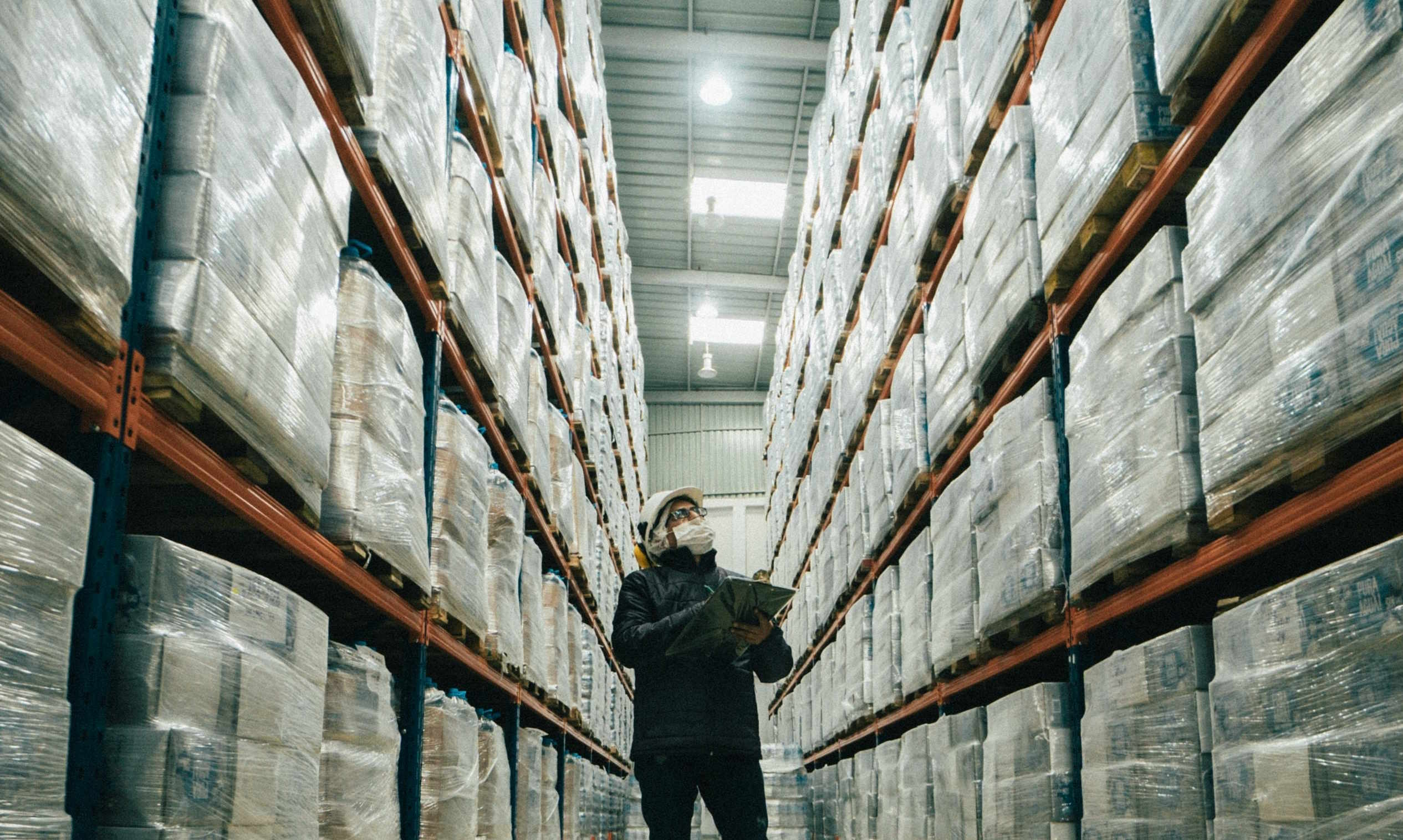Rediscovering the Charm of Staycations: A Modern Travel Trend
In recent years, the tourism industry has seen a significant shift in the travel behavior of people worldwide. The emergence of staycations, a leisure trend that involves vacationing within one's local area rather than traveling far, has gained considerable traction. This modern travel trend, largely fueled by the global pandemic and changing societal norms, has redefined the concept of travel and leisure.
Staycations: A Historical Overview
The term “staycation” is a portmanteau of “stay” and “vacation.” Although the concept has existed for decades, it was not until the early 2000s that the term became popular in the United States. The 2007-2008 financial crisis, coupled with rising fuel prices, led many American families to reconsider their vacation plans, leading to the rise of staycations.
The Resurgence of Staycations: A Modern Trend
The global pandemic has reshaped many aspects of our lives, not least our travel habits. With international travel restrictions in place and health concerns prevailing, many travelers are opting for local vacations—rekindling the staycation trend. This shift is not merely a survival strategy for travelers during these challenging times; it’s a reflection of evolving attitudes towards travel, emphasizing local experiences, sustainability, and convenience.
Staycations: Advantages and Challenges
Staycations offer several advantages: they are cost-effective, environmentally friendly, and allow travelers to explore their local areas’ beauty and culture. However, they also pose challenges. The most prominent is the difficulty in distinguishing between everyday life and vacation time. Despite these challenges, the growing popularity of staycations suggests that they are here to stay.
Staycations and Their Impact on Travelers
Staycations not only alter the way we travel but also our perceptions of leisure and relaxation. They encourage us to appreciate our local surroundings, rediscover hidden gems, and foster a sense of community and local pride.
Did You Know?
- Staycations reduce carbon footprints as they involve less travel.
- They encourage support for local businesses.
- Staycations can be spontaneous, allowing more flexibility.
To conclude, the rise of staycations reflects the evolving travel landscape, where local experiences, sustainability, and convenience take precedence. This trend is a testament to the adaptability of travelers and the resilience of the travel industry amidst global challenges. While staycations might not replace traditional vacations completely, they certainly offer an alternative that aligns with the contemporary ethos of travel.





